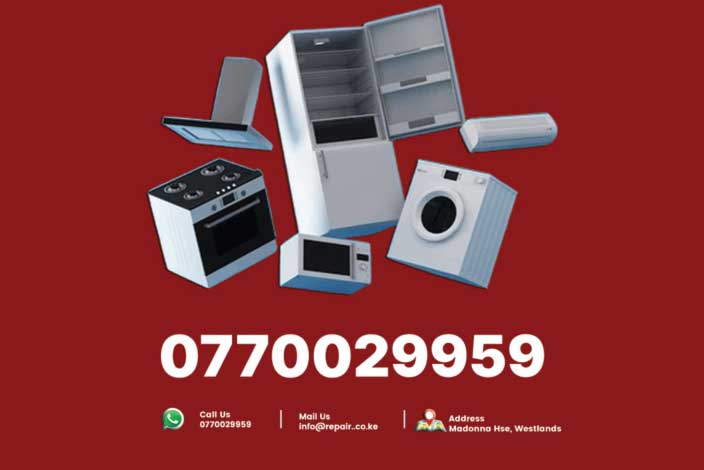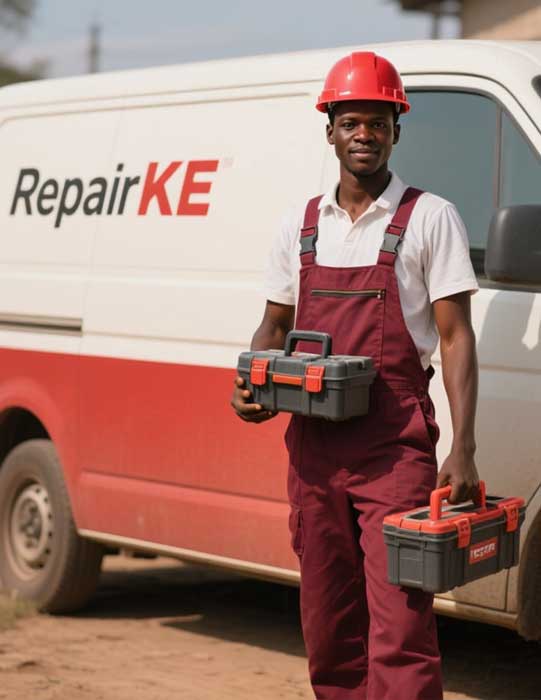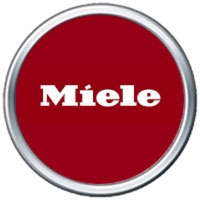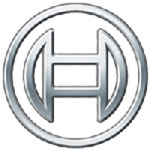Semi-automatic Washing Machine, How They Look & Function
Semi-automatic washing machines are popular in many Kenyan homes. Repair.co.ke explains how they look and work. These machines are affordable, easy to use, and suit areas with limited water or power. They have two tubs, one for washing and one for spinning. Users move clothes between tubs manually, unlike fully automatic machines.
Appearance of Semi-automatic Washing Machines
Semi-automatic washing machines have a boxy shape. They are compact, fitting small spaces like apartments or laundry rooms. Most are 2 to 3 feet wide, 2 to 4 feet tall, and 1.5 to 2 feet deep. They weigh 20 to 40 kilograms, making them easy to move. The body is usually plastic or lightweight metal, painted white, grey, or blue. Some models have transparent lids to see inside during washing or spinning.
The machine has two tubs side by side. The wash tub is larger, holding water and detergent for cleaning. The spin tub is smaller, used for drying clothes by spinning out water. A control panel sits on top, with knobs, buttons, or dials. These controls set wash time, water level, and spin time. Some models have a digital display, but most use simple analog controls. Hoses for water inlet and drainage are attached at the back. Wheels or sturdy legs at the bottom help with moving or stability.
Brands like LG, Samsung, Whirlpool, and Ramtons are common in Kenya. Each model looks slightly different, but the dual-tub design is standard. Some have colorful accents or sleek designs to look modern. The tubs are usually plastic, durable, and rust-resistant. A lint filter or drain pump is often included to catch debris or remove dirty water.
How Semi-automatic Washing Machines Function
Semi-automatic washing machines need user input for each step. They wash and spin but do not move clothes automatically. Here’s how they work:
-
Filling the Wash Tub: Users fill the wash tub with water. Some models have a hose to connect to a tap for automatic filling. Others need manual filling with a bucket. Water level depends on the load size, set by a knob or button. Detergent is added to the water.
-
Washing: Clothes are placed in the wash tub. The machine has a pulsator or agitator at the bottom. This part moves water and clothes to clean them. Users select wash time, usually 5 to 15 minutes, using the control panel. The pulsator spins back and forth, creating water currents to remove dirt. Some models have different wash modes like gentle or heavy for delicate or tough fabrics.
-
Draining: After washing, dirty water is drained. Most machines have a drain hose or pump. Users open the drain valve or press a button to release water. Some models need tilting to drain completely. A lint filter catches small particles like hair or lint during draining.
-
Rinsing: Fresh water is added to the wash tub for rinsing. Users can run another wash cycle to rinse clothes. This step removes leftover detergent. Some machines have a rinse setting to make this easier. Water is drained again after rinsing.
-
Spinning: Wet clothes are moved to the spin tub. This tub spins fast, up to 1400 RPM, to remove water. Users set spin time, usually 2 to 5 minutes. The spin tub has holes to let water escape. Clothes come out damp, ready for air drying. Some models have a safety lock to stop the tub if the lid is opened during spinning.
-
Manual Tasks: Users must move clothes from wash to spin tub. They also add water, detergent, and set controls for each cycle. This makes semi-automatic machines different from fully automatic ones, which do everything in one tub.
Benefits and Maintenance
Semi-automatic washing machines save water and power. They work well in areas with unreliable electricity or water supply. Users control water usage, unlike fully automatic machines. They are also cheaper to buy and repair. Repair.co.ke often fixes issues like faulty pulsators, broken timers, or leaking tubs. Regular cleaning prevents mold and keeps the machine working.
Common problems include motor failure, worn-out belts, or clogged drains. Repair.co.ke technicians check the motor, replace belts, or clean drains to fix these. Users should avoid overloading the tubs to prevent damage. Cleaning the lint filter after each use keeps the machine efficient. Checking hoses for leaks and ensuring proper drainage also helps.
Popular Features
Some semi-automatic machines have extra features. These include soak options for tough stains, multiple wash programs, or buzzers to signal cycle end. Higher-end models may have rust-proof bodies or energy-saving modes. Repair.co.ke services all types, ensuring parts like timers or motors are replaced with genuine ones.
Semi-automatic washing machines are simple and reliable. Their dual-tub design and manual operation make them practical for Kenyan households. Repair.co.ke offers expert repair services to keep these machines running smoothly.






